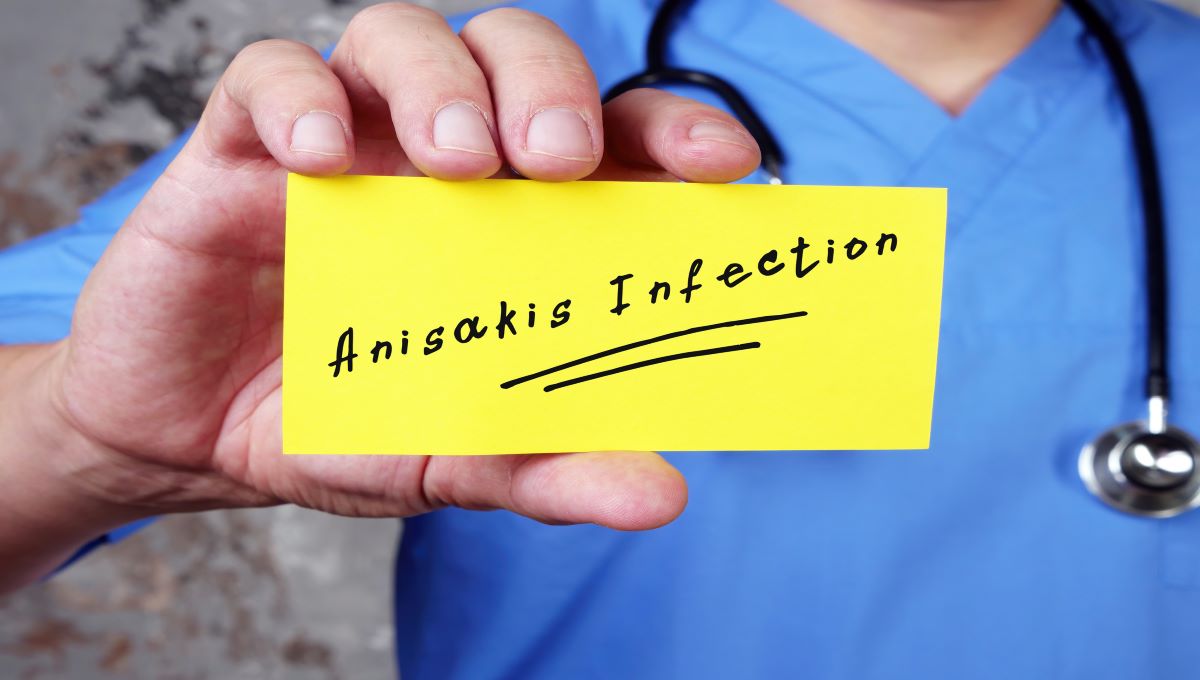Researchers have estimated that Japan had around 20,000 anisakiasis cases each year in 2018 and 2019. These figures are much higher than official figures.
Anisakiasis is a parasitic disease caused by anisakid worms. Transmission occurs when infective larvae are ingested from fish or squid that are eaten raw or undercooked. The Japanese consume large quantities of seafood, and having raw seafood, such as sushi and sashimi, is common.
For anisakiasis, there is a large difference between food poisoning statistics from the Ministry of Health, Labour and Welfare and actual incidence, researchers said.
Using a database of health insurance claims from 2018 to 2019, scientists estimated the average annual incidence of anisakiasis in Japan to be 19,737 cases. The database covers more than 8.4 million people annually, which is around 6 percent of Japan’s total population.
The number of patients registered in the database was 991 in 2018 and 766 in 2019, found the study published in Emerging Infectious Diseases.
Researchers estimated the number of people in Japan with anisakiasis was 21,511 in 2018 and 17,962 in 2019. The number of patients recorded in the food poisoning statistics during the same period was considerably lower at 478 in 2018 and 336 in 2019.
More attention on Anisakis infection
The government of Japan has instructed local establishments such as restaurants and fishmongers as well as consumers to freeze seafood at −20 degrees C (-4 degrees F) for at least 24 hours before consuming it raw or to remove anisakid worms during cooking.
The Ministry of Health, Labour and Welfare of Japan provides food poisoning statistics with information regarding fish species reported by patients and preparation procedures associated with infections to help consumers and fishmongers avoid anisakiasis.
Scientists also obtained 189 larvae of anisakid worms isolated from 181 anisakiasis patients in 30 of 47 prefectures in Japan during 2018 and 2019. They identified 168 Anisakis simplex sensu stricto larvae, 10 Anisakis pegreffii larvae, and 11 Pseudoterranova azarasi larvae.
In Japan, Anisakis simplex parasites are responsible for the highest incidence, whereas Anisakis pegreffii parasites are the leading cause in Europe and South Korea.
Symptoms of anisakiasis are abdominal pain, nausea, vomiting, abdominal distention, diarrhea, blood and mucus in stool, and mild fever. Allergic reactions with rash and itching, and anaphylaxis, can also occur. Treatment may require removal of the worm by surgery.
(To sign up for a free subscription to Food Safety News, click here.)

